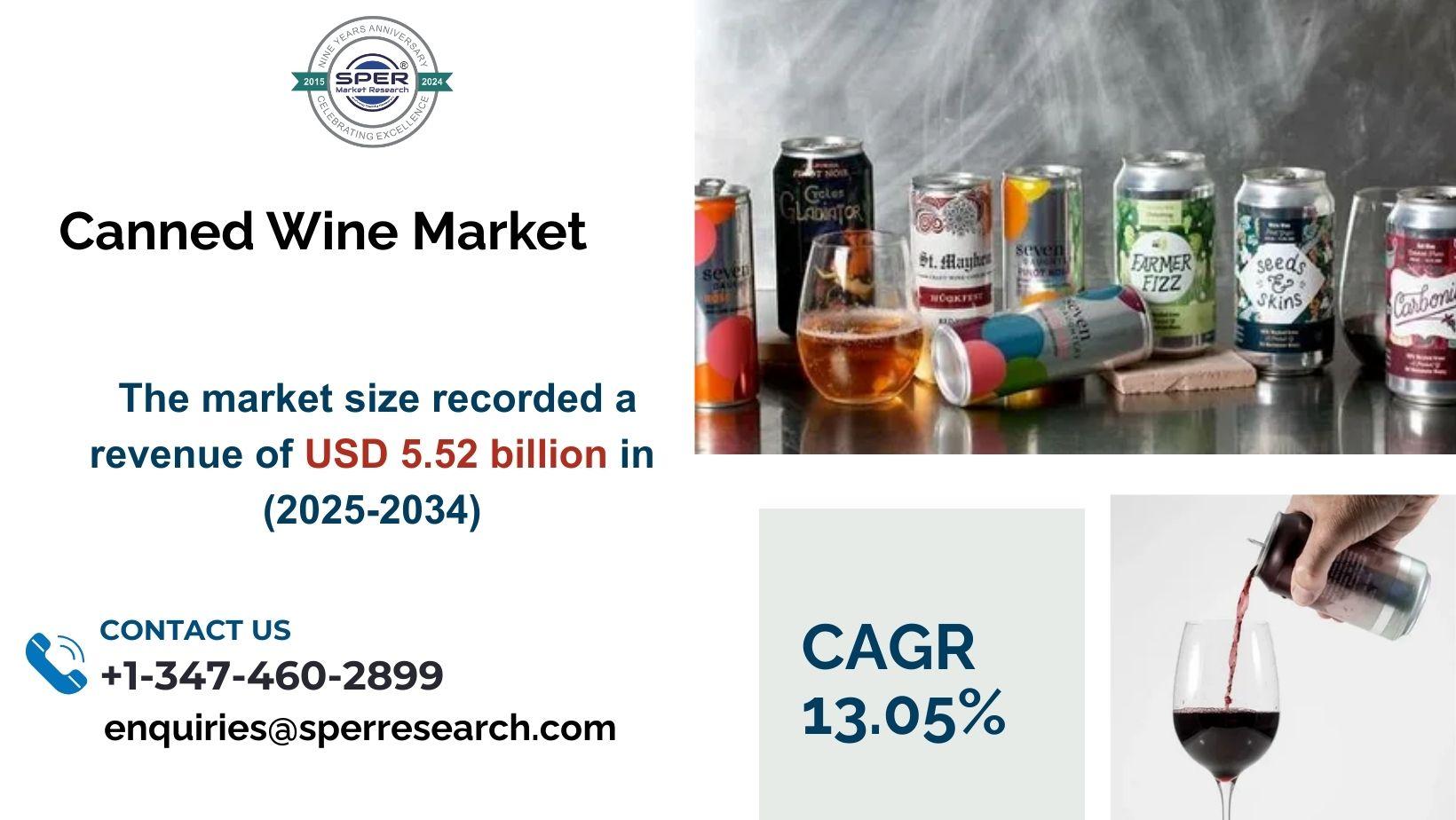Applications of Ethylbenzene in Chemical and Petrochemical Industries
Ethylbenzene is a highly significant aromatic hydrocarbon primarily used as an intermediate in the production of styrene—a key building block in the manufacturing of plastics, rubber, and resins. With its molecular structure derived from benzene and ethylene, ethylbenzene plays an indispensable role in modern chemical and industrial processes.
The vast majority—nearly 99%—of global ethylbenzene production is directed toward styrene monomer synthesis, which is then used to manufacture polystyrene and other polymers such as acrylonitrile-butadiene-styrene (ABS), styrene-acrylonitrile (SAN), and styrene-butadiene rubber (SBR). These materials are found in everyday products ranging from packaging, insulation, and automotive parts to electronics, appliances, toys, and medical equipment.
Ethylbenzene is produced via alkylation of benzene with ethylene in the presence of catalysts like zeolites. Over the years, this process has evolved to become more efficient and environmentally friendly, with advancements in catalyst technology helping improve yield and reduce by-products.
The importance of ethylbenzene is closely tied to trends in construction, automotive, and packaging sectors—all of which are major consumers of polystyrene and ABS plastics. As demand for lightweight, durable, and cost-effective materials grows, so too does the relevance of ethylbenzene in the global supply chain.
One of the notable applications of ethylbenzene-derived styrene is in thermal insulation materials, especially extruded polystyrene (XPS) and expanded polystyrene (EPS) foam used in buildings. These materials enhance energy efficiency and contribute to sustainable construction goals, particularly in colder regions.
While ethylbenzene is essential in industrial production, it is also classified as a volatile organic compound (VOC) and must be handled with care. It is flammable and poses health and environmental risks if not managed properly. As a result, strict regulatory standards govern its transport, storage, and emission levels in manufacturing facilities.
To address environmental concerns, the industry is increasingly focusing on process optimization, emission control technologies, and recycling. Moreover, research is ongoing to develop greener alternatives or bio-based substitutes that can replicate ethylbenzene’s performance while reducing ecological impact.
The global ethylbenzene market is influenced by factors such as crude oil prices, regional styrene demand, and environmental regulations. Asia-Pacific, especially China and India, continues to be a major growth region due to robust industrialization and expanding manufacturing bases.







